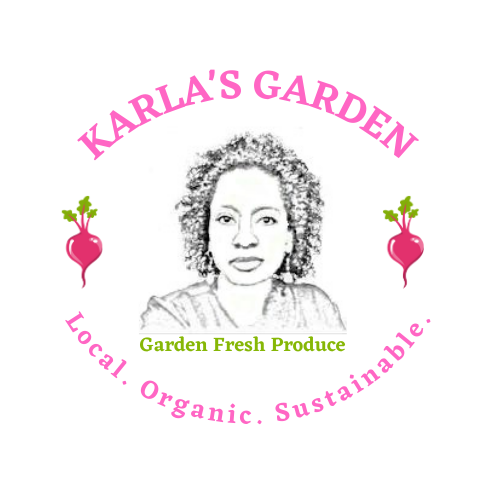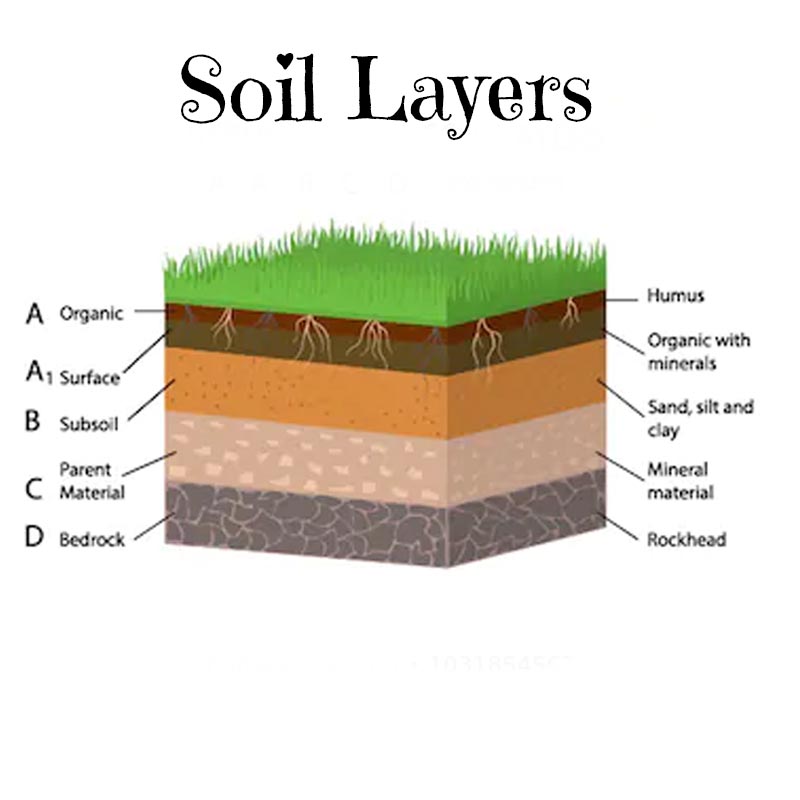Layers of Soil
Creating a garden that produces enough food to feed your family, begins with understanding the soil on which your garden grows.
There are different types of soil, but they are all made of five layers:
- Organic Surface: Also know as the Humus Layer is the surface that your feet touch. This layer is composed largely of decaying organic matter, such as leaves.
- Topsoil is the upper soil level around 5 to 10 inches thick and contains the most minerals and microorganisms needed for plant root growth and health. The topsoil is composed of organic matter, water, and air.
- Subsoil: This layer of soil is composed of some organic matter, as well as iron and clay.
- Substratum: This layer is located below the subsoil, and it’s the most highly compacted.
- Bedrock: The bottom-most layer composed mainly of hard rock.
Types of Soil
- Clay soil is sticky and clings to garden tools. The particles are small and cling together, holding water and nutrients well. However, this is why clay soil can compact making it difficult for the moisture and nutrients to reach plant roots and for roots to penetrate the soil.
- Sandy soil is composed of larger, coarser particles. It drains quickly, but it isn’t effective at holding moisture and nutrients.
- Loam has a good balance of clay, sand, and organic material. It’s the best type of soil for gardening. It holds its shape when squeezed and due to drainage and retention of moisture, it’s easier to dig than other soils.
Understanding the balance between the soil layer and the soil type you have will make gardening much easier. Each soil has its own benefits and troubles, however, once you know the soil you’re dealing with, you can quickly mend it and start your plants on their way to a healthy life cycle.

